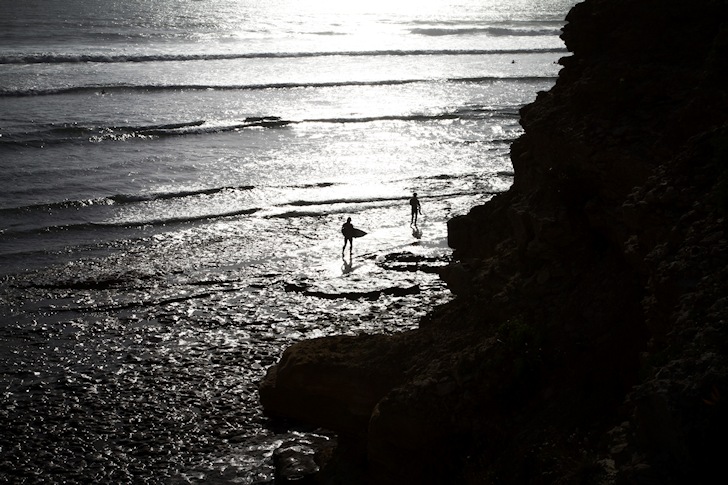How to adapt to tide times in surfing
Tides affect surfing. But remember rule number one: there’s no best tide in surfing. Surf breaks may have tide patterns that work better in a particular period, but the general rule of thumb is that it is possible to catch waves with both low and high tides. We also know that the interaction between swell, […]

 Tides affect surfing. But remember rule number one: there’s no best tide in surfing. Surf breaks may have tide patterns that work better in a particular period, but the general rule of thumb is that it is possible to catch waves with both low and high tides. We also know that the interaction between swell, wind, bathymetry and tides is key to quality surfing. If a local reef or sandbars work cooperatively with the shifting elements, you’ll enjoy excellent waves. However, tides deserve more attention from surfers. Most time, wave fanatics miscalculate the right time to paddle out, and end up getting the worst rides for a long period of time, i.e., closeouts and shore breaking waves.
Tides affect surfing. But remember rule number one: there’s no best tide in surfing. Surf breaks may have tide patterns that work better in a particular period, but the general rule of thumb is that it is possible to catch waves with both low and high tides. We also know that the interaction between swell, wind, bathymetry and tides is key to quality surfing. If a local reef or sandbars work cooperatively with the shifting elements, you’ll enjoy excellent waves. However, tides deserve more attention from surfers. Most time, wave fanatics miscalculate the right time to paddle out, and end up getting the worst rides for a long period of time, i.e., closeouts and shore breaking waves.
Read more here:
How to adapt to tide times in surfing

Comments are closed.